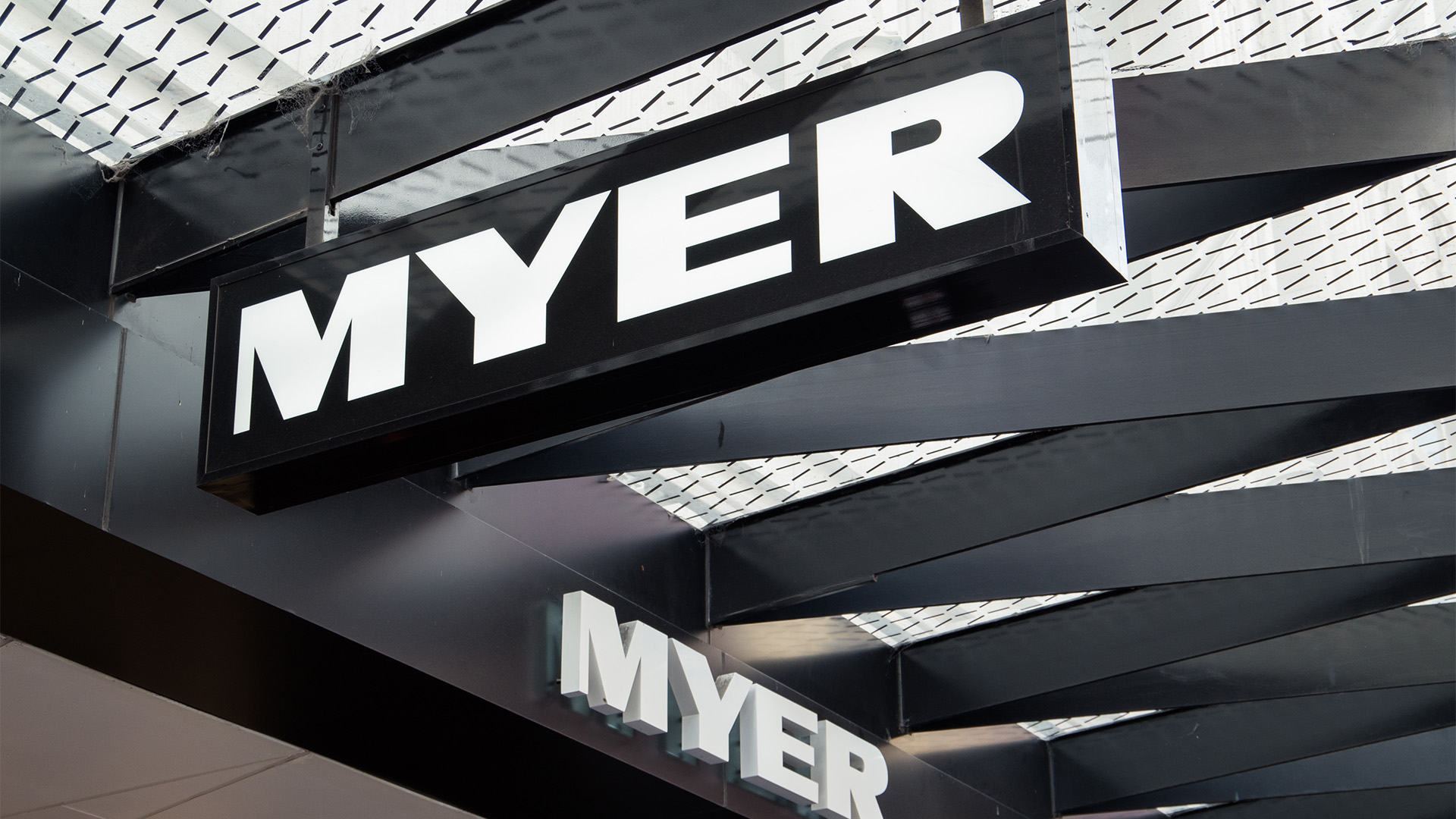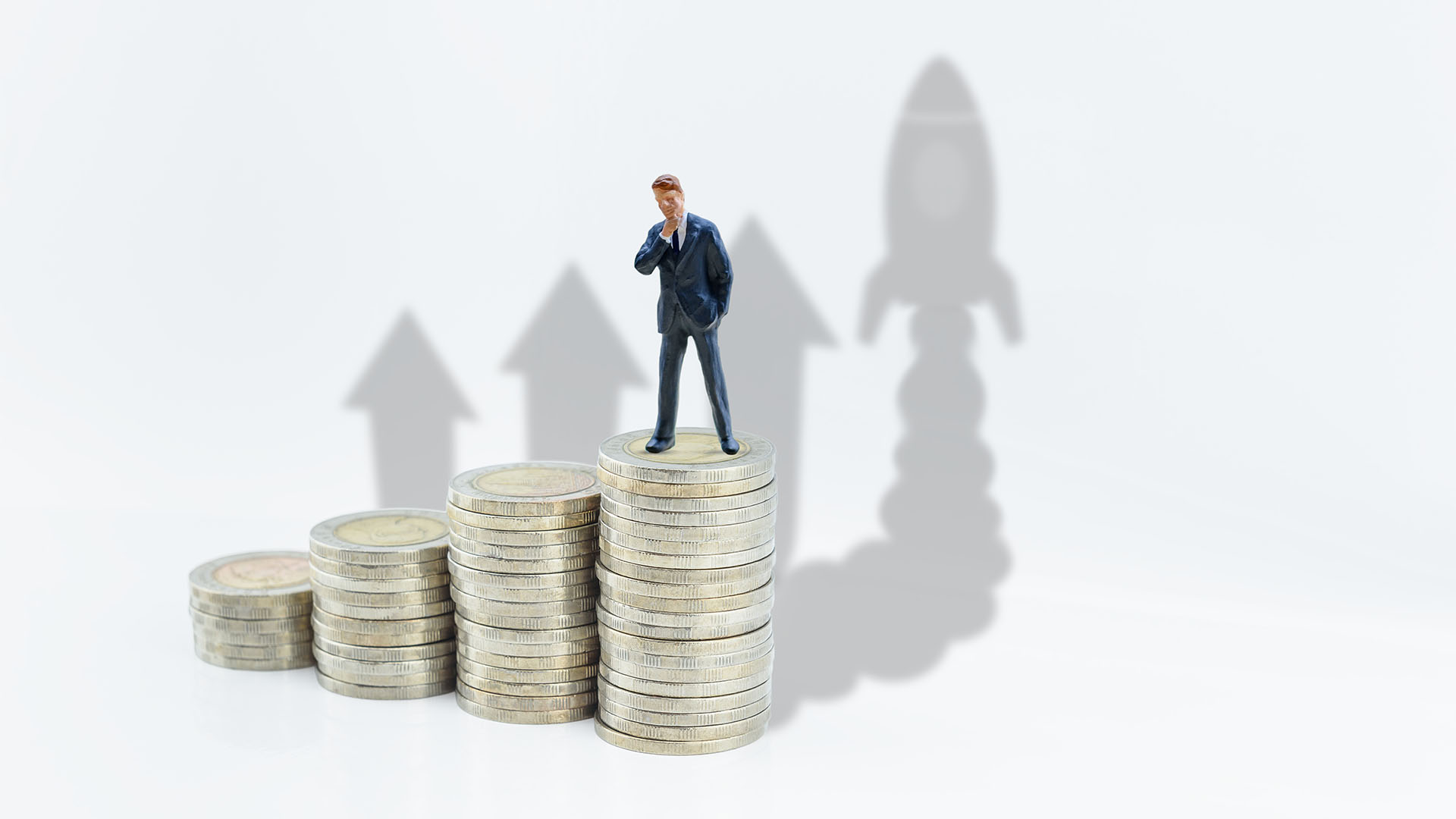No shocks from the final major round of Chinese data yesterday – now for the vital house price figures on Friday.
China’s economy grew by a forecast 6.7% in the third quarter from a year earlier, steady from the previous quarter and in line with expectations, as increased government spending and a property boom offset stubbornly weak exports.
The economy expanded at the same pace as in the first and second quarters and putting it on track to hit the government’s full-year target.
The September trade report was weak, especially imports which slid (but not for oil, oil or iron ore). Inflation rose at the consumer level, and was positive for the producing secor for the first time in more than four years.
Bank lending also rose, sparking more fears about the country’s growing debt burden
A combination of slumping private investment, surging debt levels and the risk of a property market correction are leaving growth more dependent on government spending and keeping global investors on edge.
Falling coal production, offset by surging car output and sales impacted the production data for September.
China’s steel output rose 3.9% to 68.17 million tonnes in September from a year ago, down slightly from the 68.57 million tonnes produced in August.
Total production for the first three quarters was flat at 603.78 million tonnes, data from the National Bureau of Statistics showed.
The economy grew 1.8% quarter-on-quarter, the National Bureau of Statistics said yesterday, slowing from a revised 19% growth in the second quarter.
The government has set a growth target of 6.5% to 7% for the full year. The economy expanded 6.9% in 2015, the slowest pace in a quarter of a century. This year will be slower.
“The general performance was better than expected,” the Bureau of Statistics said in a statement. However, it warned of looming economic risks.
“We must be aware that economic development is still in a critical period of transformation, with old growth drivers to be replaced by new ones,” it said. “With unstable and uncertain domestic and external factors, the foundation for continued economic growth is not solid enough.” This month more than 20 urban governments across China introduced measures to restrain property prices, which over the past year have increased by as much as 25 per cent in cities such as Beijing and Shanghai. Many analysts believe the sector ultimately accounts for more than half of all investment, after factoring in related demand for everything from concrete to household goods.
Real estate investment grew at 7.1% in the year to September, and 5.8% in the first nine month of the year(up from 5.4% in the first eight months).
Services sector and infrastructure investment, rose 7.6% and 19.4% respectively over the same period.
Retail sales and fixed investment data ticked up slightly last month from August, but were in line with forecasts.
But industrial production, slowed to a 6.1% growth rate last month, the slowest pace since May. This was down from August’s 6.3% and short of market forecasts of 6.4%.
Retail sales rose 10.7% compared to a year earlier. That was up marginally from 10.6% in August. And urban fixed asset investment – a proxy for long-term spending – grew 8.2% year-on-year for the year to date in September, up 0.1 percentage points from August.
One factor impacting production data is the campaign by the Chinese government to shut surplus capacity in the steel and coal mining industries.
The Chinese government maintains it remains committed to reducing overcapacity in a range of heavy industries.
Last week a spokesman for the National Development and Reform Commission said that the government was on track to reduce capacity in the country’s steel industry by 45 million tonnes this year.
The government is also targeting a 20% reduction in coal capacity — a goal that could be made more difficult by a recent surge in coking and thermal coal prices.
That has seen coal imports surge in recent months to the point that they will probably end up topping 220 million tonnes by years end. That would be a rise of close to 20%-30% from 2015. That is unless the industry can produce more coal, and that is possible after Reuters revealed last week that the government was moving quietly to loosen the controls on the coal sector to try and cap a rise in domestic prices (through the impact of the surge in import prices).
Offsetting that is the continuing surge in car production and sales as tax break, introduce last year to boost sales of cars with small engines (1.6 litres or less), approaches expiry.
Vehicle sales in the world’s largest auto market rose 26.1% to 2.6 million vehicles in September from a year earlier.
That is the highest monthly growth since January 2013, topping a 24.2% year-on-year rise in August and the 23% year-on-year increase in July.
This high level of demand and output is helping boost steel output as well.













